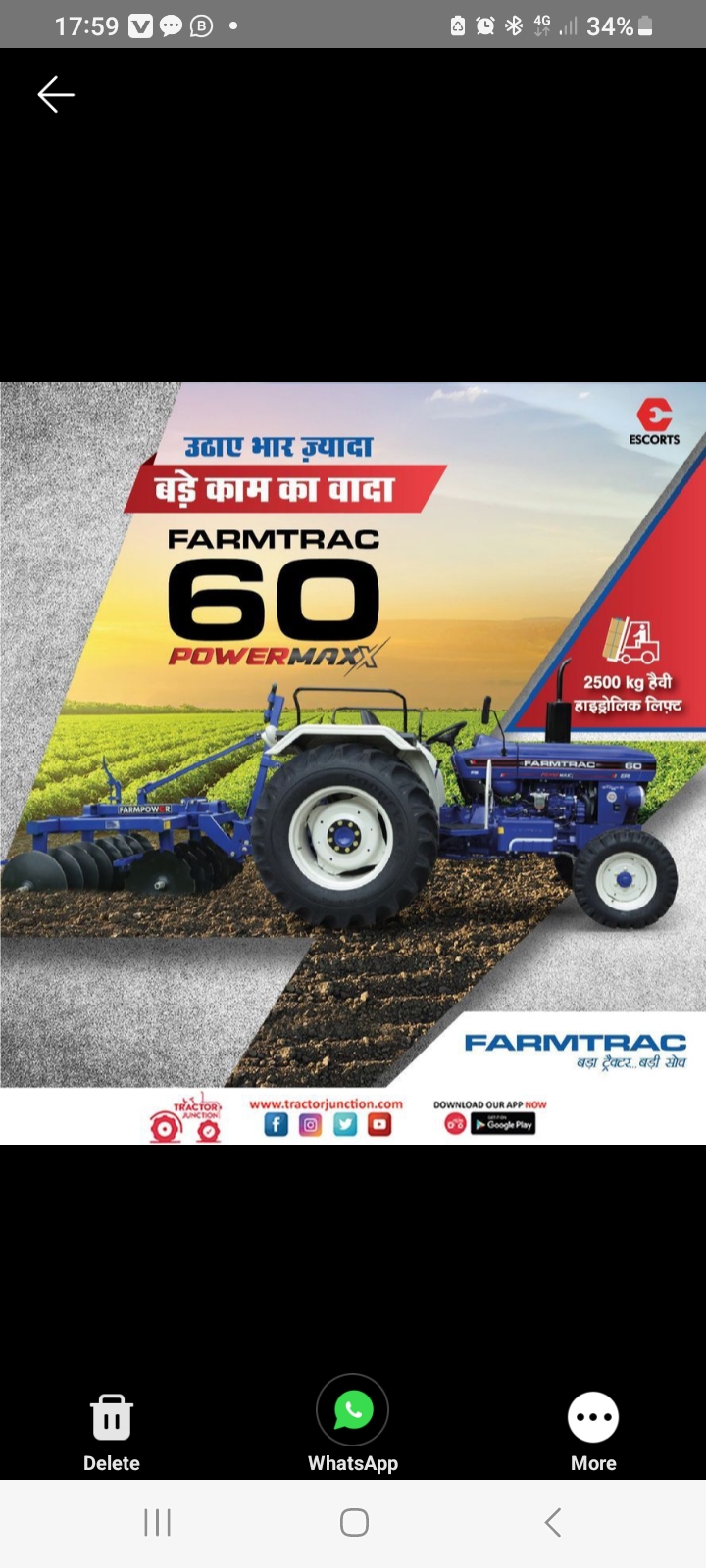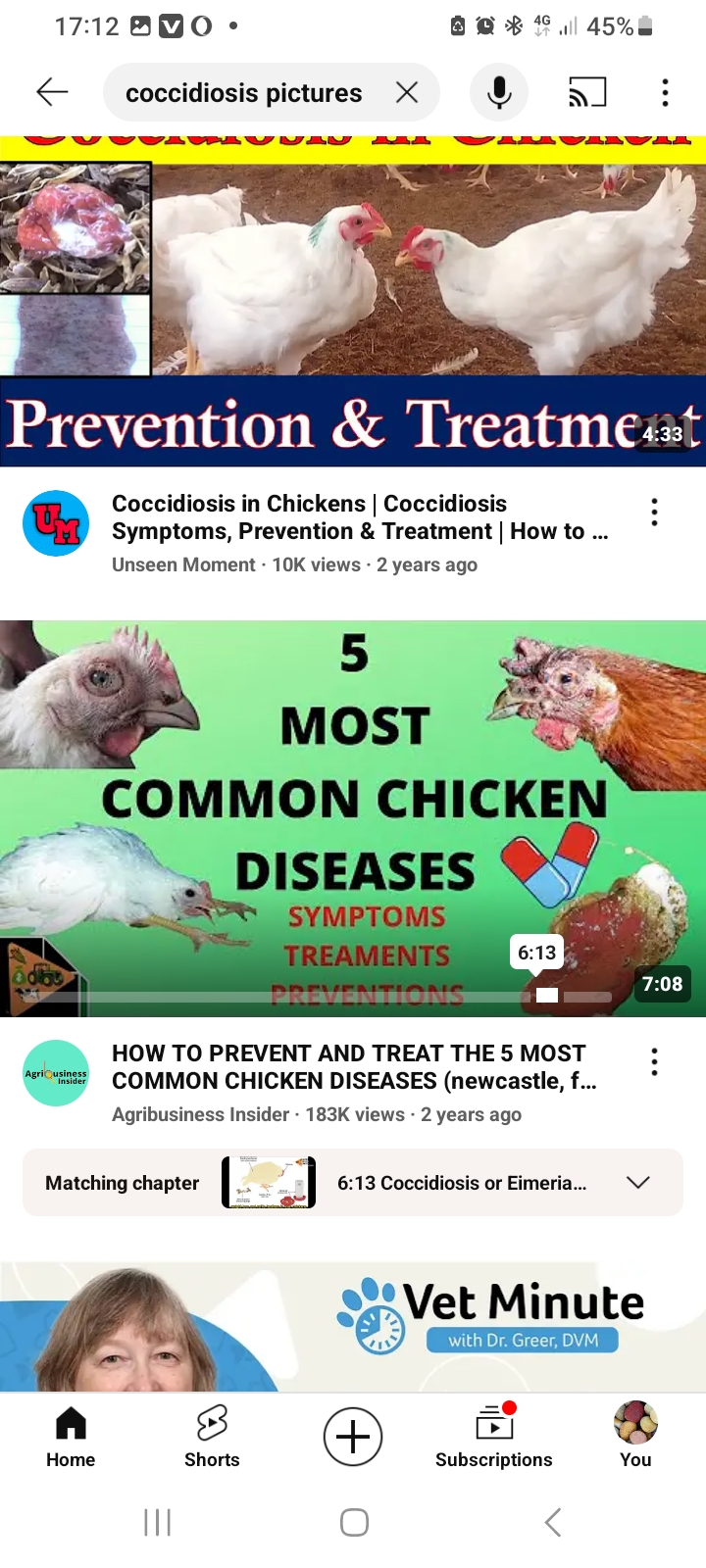
A tractor engine is the power source of a tractor, designed to perform heavy-duty agricultural tasks like plowing, tilling, and hauling. These engines are typically diesel-powered, known for their durability, torque, and fuel efficiency. Tractor engines range in power from around 15 to over 600 horsepower, depending on the tractor's size and intended use.
Key features of tractor engines include:
1. **High Torque:** Designed to provide strong, consistent pulling power at low speeds, which is essential for tasks like plowing and dragging heavy equipment.
2. **Durability:** Built to withstand harsh working conditions and long operating hours, often with reinforced components and advanced cooling systems.
3. **Fuel Efficiency:** Diesel engines are preferred for their fuel efficiency, especially important in agriculture where tractors often operate for long periods.
4. **Emission Control:** Modern tractor engines often include technologies like turbocharging and exhaust after-treatment to meet emission standards.
5. **Ease of Maintenance:** These engines are designed to be relatively easy to maintain, with accessible components and robust construction to minimize downtime in the field.
Overall, a tractor engine is a vital component that combines power, reliability, and efficiency to handle the demanding tasks required in agriculture and other heavy industries.
- Teacher: Student-hub

Coccidiosis is a parasitic disease caused by protozoan parasites of the genus Eimeria (in livestock and poultry) and Isospora (in other animals, including humans). It primarily affects the intestinal tract of animals, leading to symptoms such as diarrhea, dehydration, weight loss, and in severe cases, death. The disease is particularly common in young or immunocompromised animals.
Key points to consider.
- Causative Agent:Protozoan parasites (*Eimeria* or *Isospora*).
- Hosts: Affects a wide range of animals including poultry, cattle, sheep, goats, pigs, and rabbits.
- Transmission: Spread through ingestion of oocysts, which are shed in the feces of infected animals and can contaminate feed, water, or the environment.
- Symptoms:Diarrhea (often bloody), reduced feed intake, weight loss, dehydration, and lethargy.
- Diagnosis:Based on clinical signs, fecal examination to detect oocysts, and post-mortem examination of the intestines.
- Treatment and Control:
- Anticoccidial Drugs: Used for both treatment and prevention. Common drugs include amprolium, sulfonamides, and toltrazuril.
-Vaccination:Available for some species, particularly poultry.
-Management Practices: Maintaining clean and dry environments, good nutrition, and reducing stress can help prevent outbreaks.
-Economic Impact: Coccidiosis is a major concern in the livestock and poultry industries due to its impact on animal health, productivity, and the costs associated with treatment and prevention.
- Teacher: Student-hub